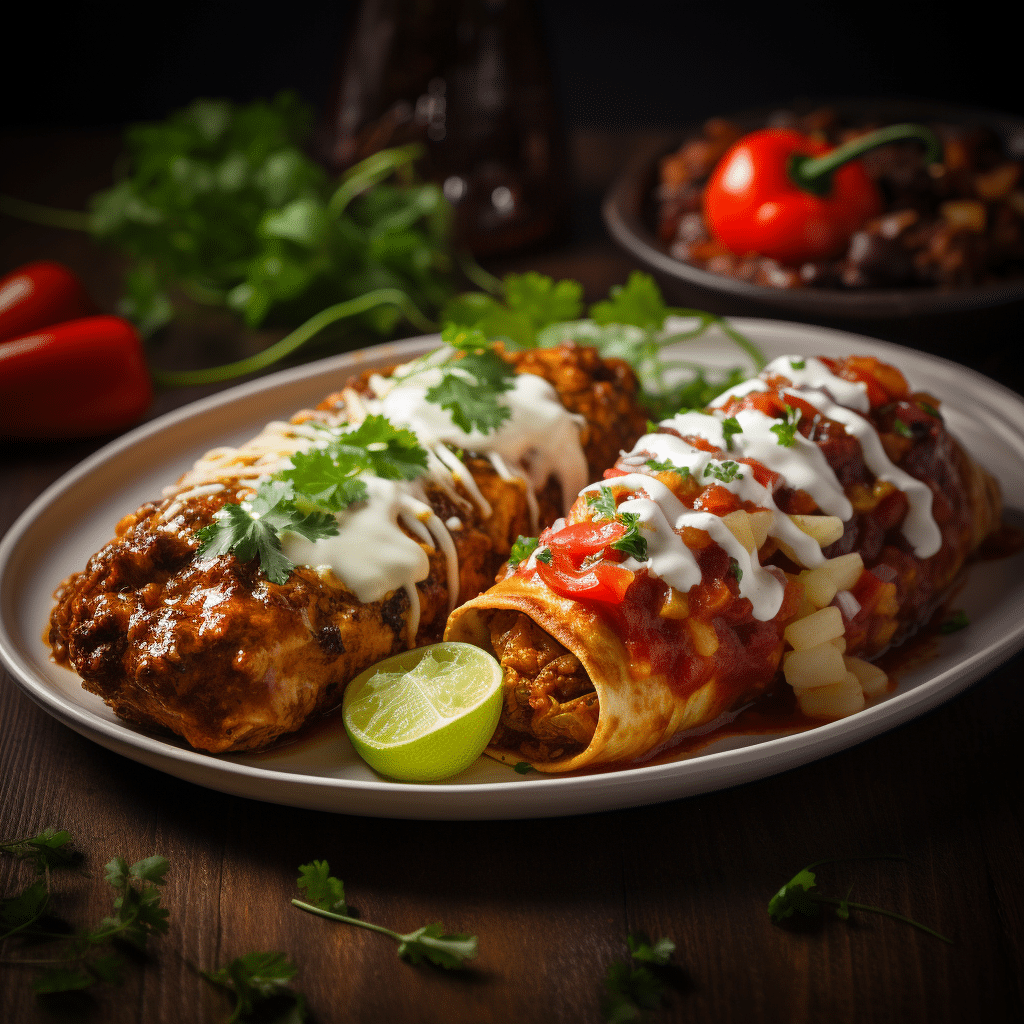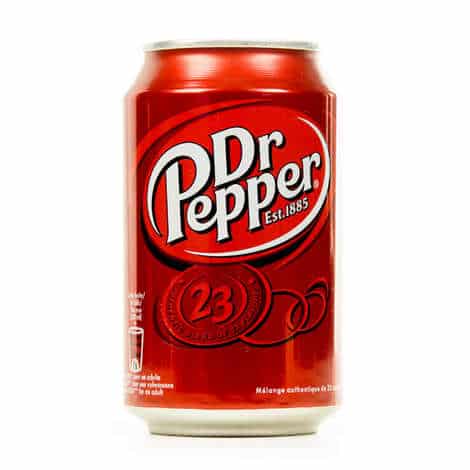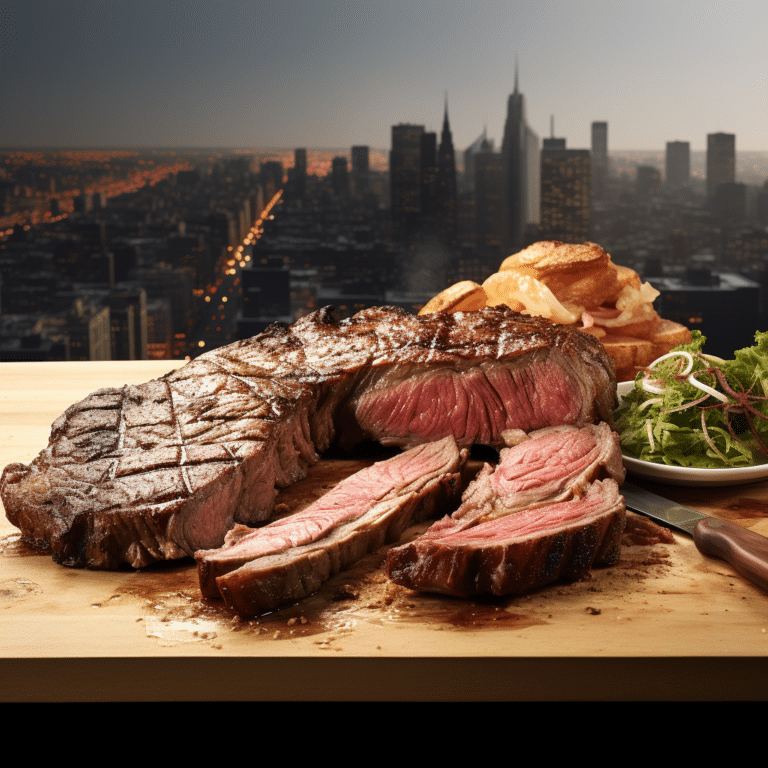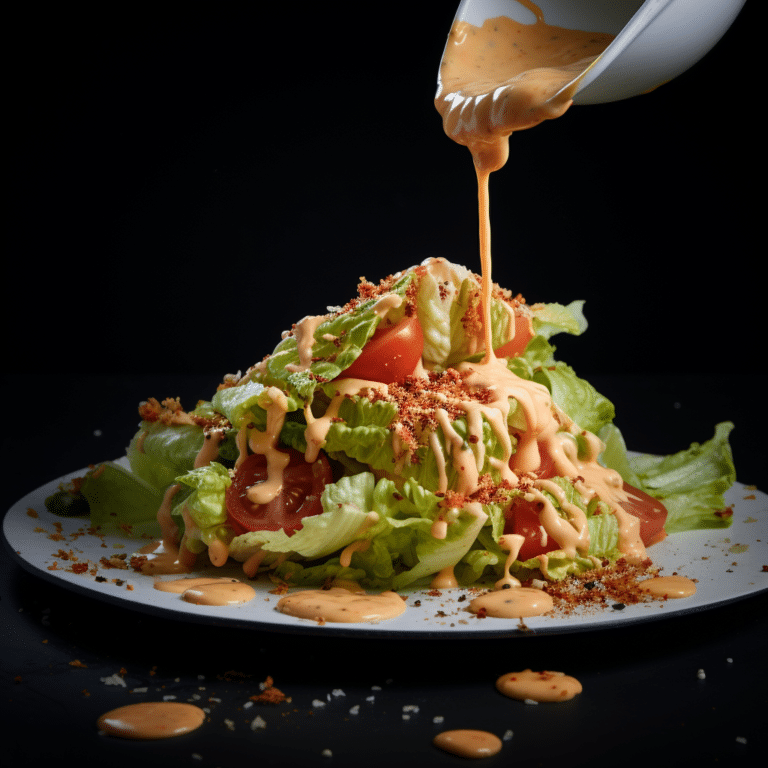Enchilada vs. Fajita: Differences and Delicious Mexican Delights
Do you have a hard time differentiating enchilada from fajita? Or do you find it challenging to decide between soft and hard tacos? Besides being all delicious, there are many differences between your favorite Mexican dishes and why some are not even technically Mexican.
Enchilada and fajita are popular dishes originating from Mexico. The main ingredients used to make these dishes are tortillas, some meat, vegetables, spices, and condiments. Here’s to more on enchilada vs. fajita.
Enchilada vs. Fajita
Shredded meat is rolled up in corn tortillas and topped with green or red enchiladas sauce and cheese. The tortillas are then baked. There may be other foods with the shredded meat, such as beans, potatoes for dinner, and different veggie combinations.
Fajita consists of strips of meat that are either grilled or sauteed with onions or peppers, according to the person’s preference, and then served with corn tortilla or on flour. Initially, the meat used to make fajita was beef skirt steak, but nowadays, different kinds of meat are used, including chicken, pork, or sausages. The meat stripes are cooked with vegetables like onions and peppers to improve their flavor.
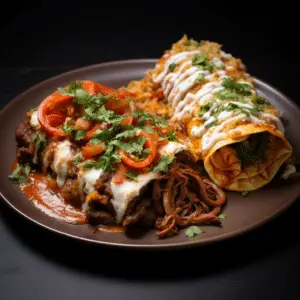
About Enchilada
As discussed earlier, enchilada originated in Mexico, where the art of rolling tortillas began in ancient times. People residing in and around the Mexico lake region used to roll corn tortillas around cooked fish and eat it. Note that although enchilada originated in Mexico, the word enchilada is a Spanish word referring to rolled and stuffed tortillas filled with vegetables and meat and covered in sauces.
Enchilada is made of shredded meat that is rolled in a corn tortilla. Other fillings can also be included alongside the shredded meat in the tortilla, depending on your preference. For instance, you can opt to add cheese, beans, potatoes, and other combinations of vegetables. The primary condiment used in enchilada is red or green enchilada sauce. However, sauces like salsa sauce, cheese-based sauce, chili-based sauce, and moles can also be used.
About Fajita
Fajita refers to fairly sauteed or grilled strips of meats with sliced onions and stripped bell peppers that add flavor. The strips of beef are served with corn tortilla or on flour. Usually, the meat used in fajita is beef from the skirt steak and sometimes cuts of chicken, although other meats like pork, ham, and sausage can also be used. The meat is cooked with various vegetables to enhance its flavor.
Common condiments used in fajita include sour cream and salsa sauce. Fajita can be served in a tortilla, on flour, or as it is alongside guacamole, shredded lettuce, or finely chopped tomatoes. When stuffed in a corn tortilla, fajita may be accompanied by different sauces and fillings like yellow, red, or green peppers, onions, tomatoes, chilies, and jalapeno peppers.
Some people serve fajita meat with a sizzling loud sound on a skillet or metal platter alongside vegetables or serve the fajita with salad and warmed tortillas separately.
Differences Between Enchilada And Fajita
There are a couple of differences between enchilada and fajita. They include:
Type Of Product
Although both enchilada and fajita comprise meat products, the two are different. One enchilada is made up of shredded meat prepared in red or green enchilada sauce, rolled in a corn tortilla, and then baked. The shredded meat may be accompanied by other ingredients like cheese, beans, and potatoes, among other vegetables.
On the other hand, fajita is made up of strips of meat that can be sauteed or grilled together with sour cream or salsa sauce. The beef strips may be served on a corn tortilla or flour or separately with a warmed tortilla. You can also serve the meat strips as they are alongside finely chopped tomato, lettuce salad, or guacamole.
Place Of Origin
Enchilada is a Spanish word, and the meal originated in Mexico. The people living in and around the lake region of Mexico used to eat cooked fish wrapped in a corn tortilla, and that’s how the dish evolved and nowadays incorporates shredded meat.
As for fajita, this one has two origins. One, like an enchilada, originated from Mexico, where it used to be eaten in a corn tortilla. Fajita is also thought to originate from the United States. The skirt steak from beef was cut into strips and then grilled or sauteed on high heat on a skillet. The meat was then served alongside lettuce salad or finely chopped tomatoes.
Method Of Cooking
Once the shredded meat is rolled into the corn tortilla, the enchilada is baked. As for fajita, the beef strips are either sauteed on a skillet over high heat or grilled.
Main Ingredients Used
The main ingredients used to prepare enchilada include shredded meat, tortilla, green or red enchilada sauce, and vegetables. As for fajita, the main ingredients are strips of beef, onions, strips of red, green, or yellow bell peppers, sour cream, and salsa sauce.
Type Of Condiments Used
The condiments used to prepare enchilada are meat, cheese, beans, potatoes, and other combinations of vegetables. For fajita, condiments commonly used are shredded lettuce, sour cream, shredded beans, salsa sauce, cheese, and finely chopped tomatoes.
Serving Options
Enchilada is usually eaten alongside meat and other vegetables, depending on a person’s preference. On the other hand, fajita can be served rolled on flour, corn tortilla, or as it is accompanied by lettuce salad, guacamole, or diced tomatoes.
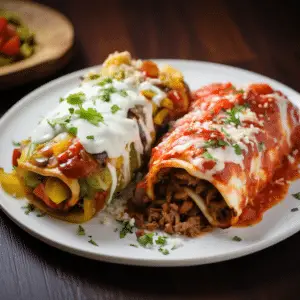
Conclusion
Enchilada and fajita are Mexican dishes but are loved across many countries. The two dishes are meat-based and differ in a couple of ways.
Enchiladas come from Mexico. They are made by rolling chopped meat in either either red or green enchilada sauce and baking them in a corn tortilla. Along with meat, you can use beans, milk products, potatoes, or various vegetable mixtures as fillings.
Enchilada vs Fajita originates from Mexico and the United States. This dish comprises strips of meat cooked in salsa sauce or sour cream, then sauteed or grilled. Fajita can serve rolled in corn tortilla or flour or eaten as a whole alongside guacamole, lettuce salad, or finely chopped tomatoes.
